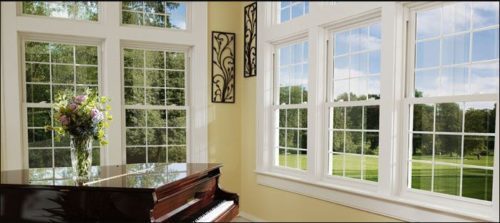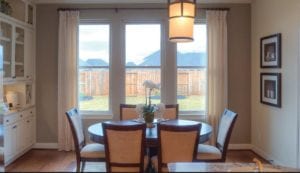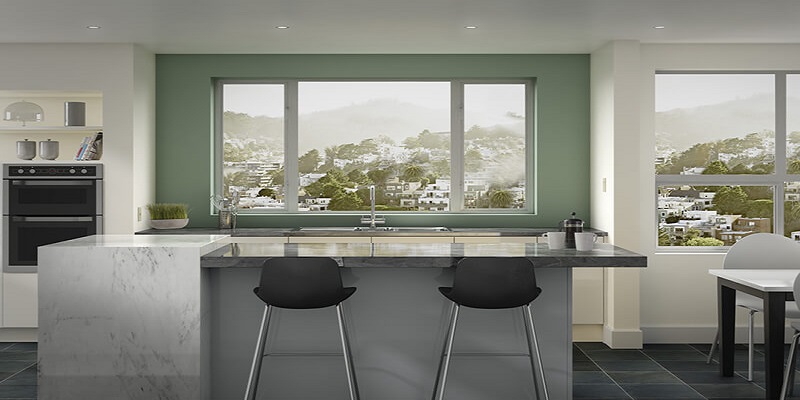- Contact Us Today
- (760) 598-6422
- Get a Quote
How Replacement Windows Help Reduce Noise

Do you live on a busy street, near an airport, or in proximity to busy train tracks? Or maybe you just live next door to an incessantly barking dog. If so, outside noise is probably a common problem in your home. Doors and walls can come with special insulation to eat up the sound and help reduce noise pollution. But when it comes to unwanted noise, windows are usually the weakest link in the exterior envelope of your home. Luckily, with replacement windows in El Cajon, CA you can help soundproof your home for calming, more peaceful environment. Here is what you need to know:
How Do You Measure Noise Reduction?
Modern windows have certain measurements you can use you rate energy performance. This is helpful when finding the right combination of technologies to improve insulation for the local climate. But did you know some windows also come with ratings for sound as well? For this measurement, you want to look for the sound transmission class (STC). This tells you how well a window reduces outside noise. Ratings usually range from 18 to 38, but some windows can have an STC higher than 40 for even better soundproofing.
What Factors Contribute to Noise Reduction?
Fortunately, acoustic control goes hand in hand with insulation. Most of the technologies that make your windows more energy efficient also help improve sound control. Style and frame material can contribute to noise reduction. But more importantly, you want to look at your window glazing options.
1. Number of Panes
Glazing is important for insulation as well as noise reduction. Single glazing allows the most noise transmission, blocking very little sound. Double glazing is standard on most windows, featuring two panes of glass. This type of insulated glazing unit (IGU) adds an extra barrier to reduce heat transfer and noise pollution. As you might guess, the third barrier on triple glazing will provide even more protection. However, the cost of the third pane of glass is rarely worth the slight increase in performance. Fortunately, there are more cost-effective ways to improve sound control.
2. Laminated Coatings
Impact-resistant laminated glass employs an interlayer of polyvinyl butyral (PVB). The plastic material is layered between two panes of glass. The density of the interlayer helps break up the sound, providing an STC of 32 to 35. This is significantly better than the STC of 29 or less you will see on most standard glazing options.

3. Glass Thickness
The standard thickness of the glass on double-glazed windows is 3mm. But thicker glass can cut out more noise. Upping the thickness to 5mm is something to consider, but there is one more thing to keep in mind. Most double pane windows have glass panes of the same thickness. However, you can purchase double glazing with variable thickness. This means you can make one pane 5mm and one pane 3mm. The different thicknesses will block different frequencies, increasing the STC rating up to a 34 without the need for laminate. This is something to consider because it really isn’t that much more money.
Interested in learning more about the sound abatement technologies on replacement windows in El Cajon, CA? Contact our experts at Pelican Replacement Windows.

